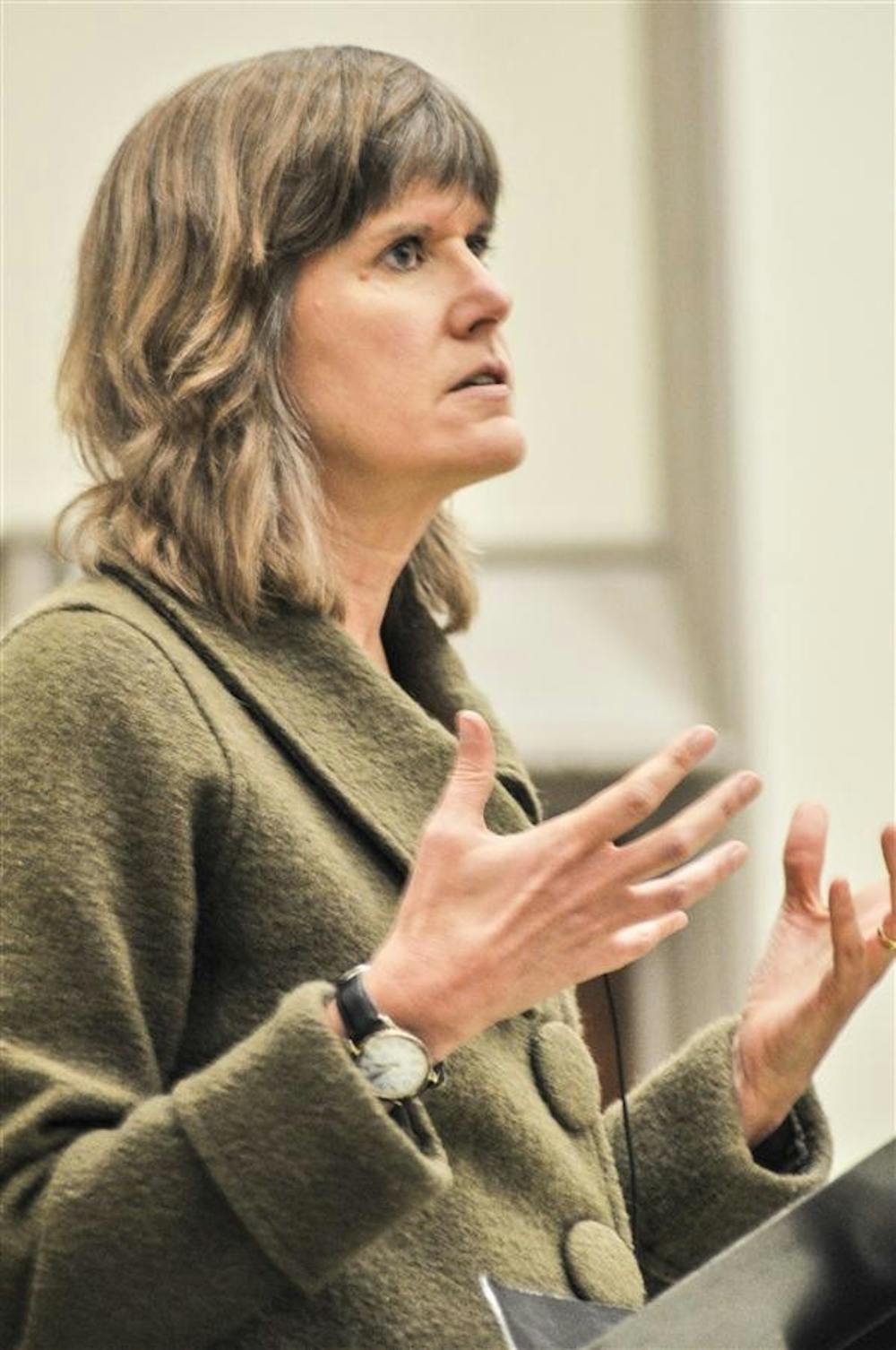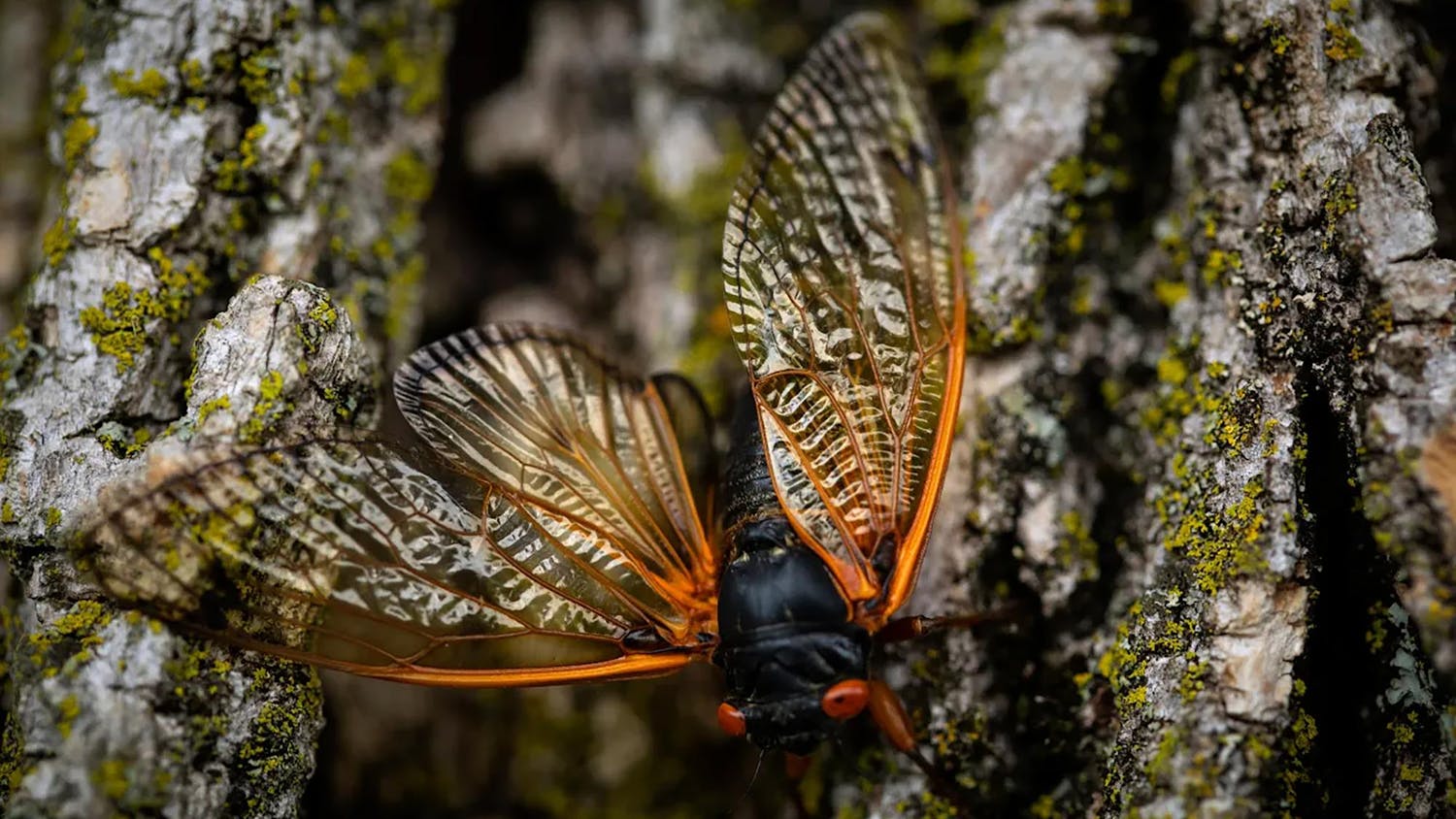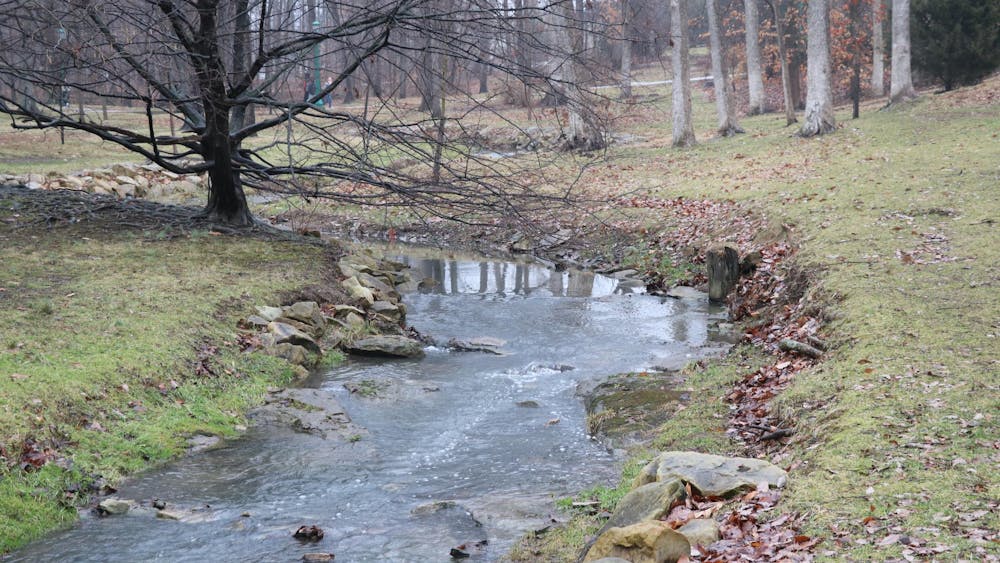Ecologist, writer and cancer survivor Sandra Steingraber is a lecturer, speaking on behalf of the environmental relationship between cancer and human health.
The Office for Women’s Affairs, Women in Science and Technology, School of Public and Environmental Affairs and IU School of Public Health welcomed Steingraber to campus Tuesday, when she presented her speech “From Food to Fracking: Human Health and the Environment” at Woodburn Hall.
Steingraber spoke about the chemicals, called polychlorinated biphenyls, typically found in Bloomington.
According to the City of Bloomington website, Bloomington’s landfills, quarries and power plants are all sources of PCBS.
Steingraber said PCBS enters the body and increases the risk of breast and testicular cancers, affects calcium levels and can cause premature births.
“PCBS enter the atmosphere, they go into water and concentrate in animals that we later eat,” she said. “We will all have PCBS in our body when we leave Bloomington, and they will live there for a long time.”
Steingraber said the chemicals will be phased out by the year 2020.
Fracking and climate change were also discussed in the lecture.
Steingraber said the gradual climate changes affect the ocean pH levels. One in four mammal species are on the way to extinction, she said.
“Fracking is the drilling and cracking open the ancient floor of the earth,” she said. “Companies are blowing it up to access gas for future renewable energy uses.”
A cancer survivor, Stengraber has authored three books on the ecology of motherhood and how cancer is presented as a human rights issue.
Her book “Living Downstream: An Ecologist’s Personal Investigation of Cancer and the Environment” was the first book to compile data on toxic releases with data from U.S. cancer reports, according to a press release.
“Because of the PCBS in food and water, they eventually get transferred into babies through breast milk,” Steingraber said. “Animals are not the most affected by these chemicals. Children are.”
Ecologist discusses link between cancer, environment

Get stories like this in your inbox
Subscribe





